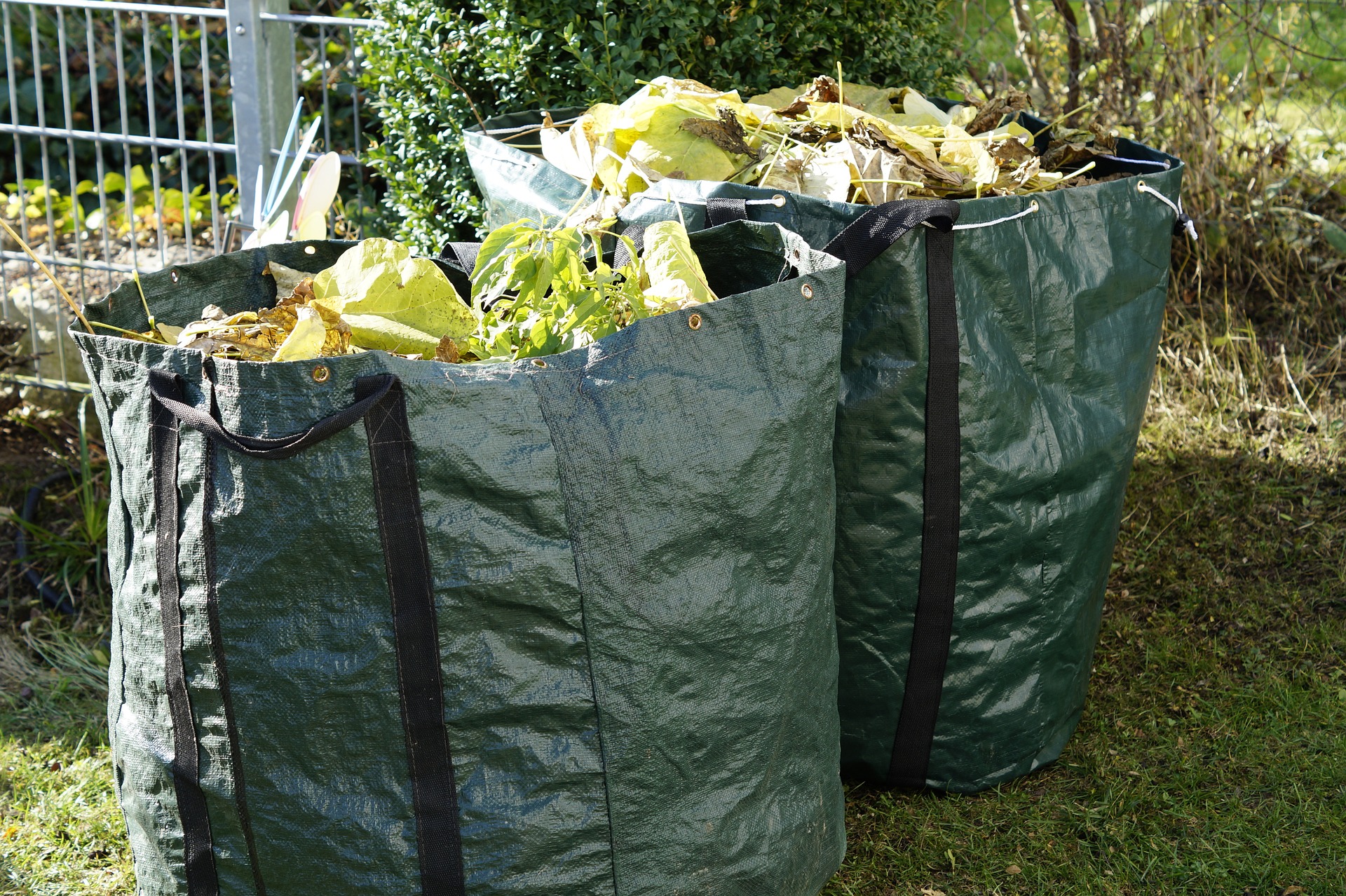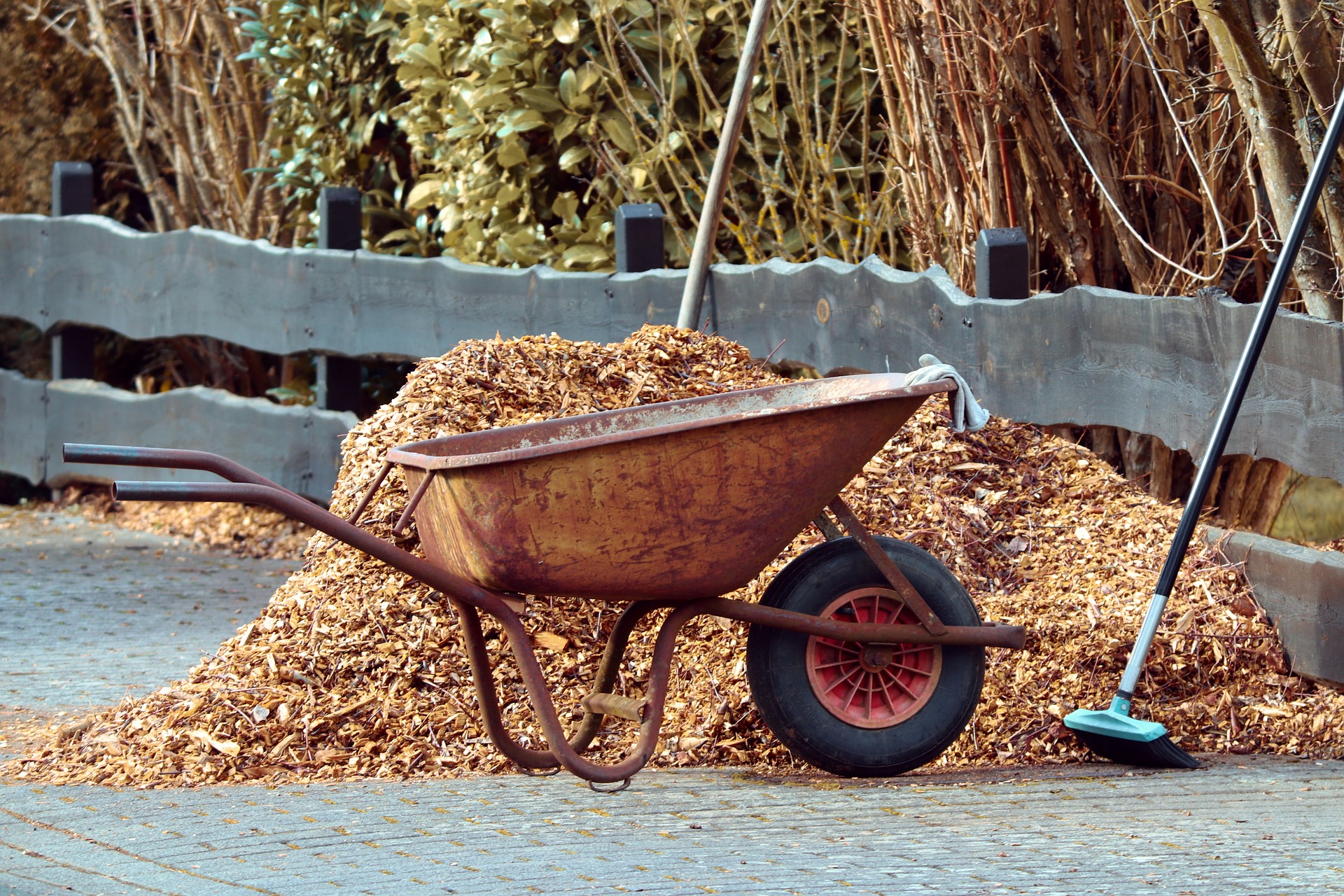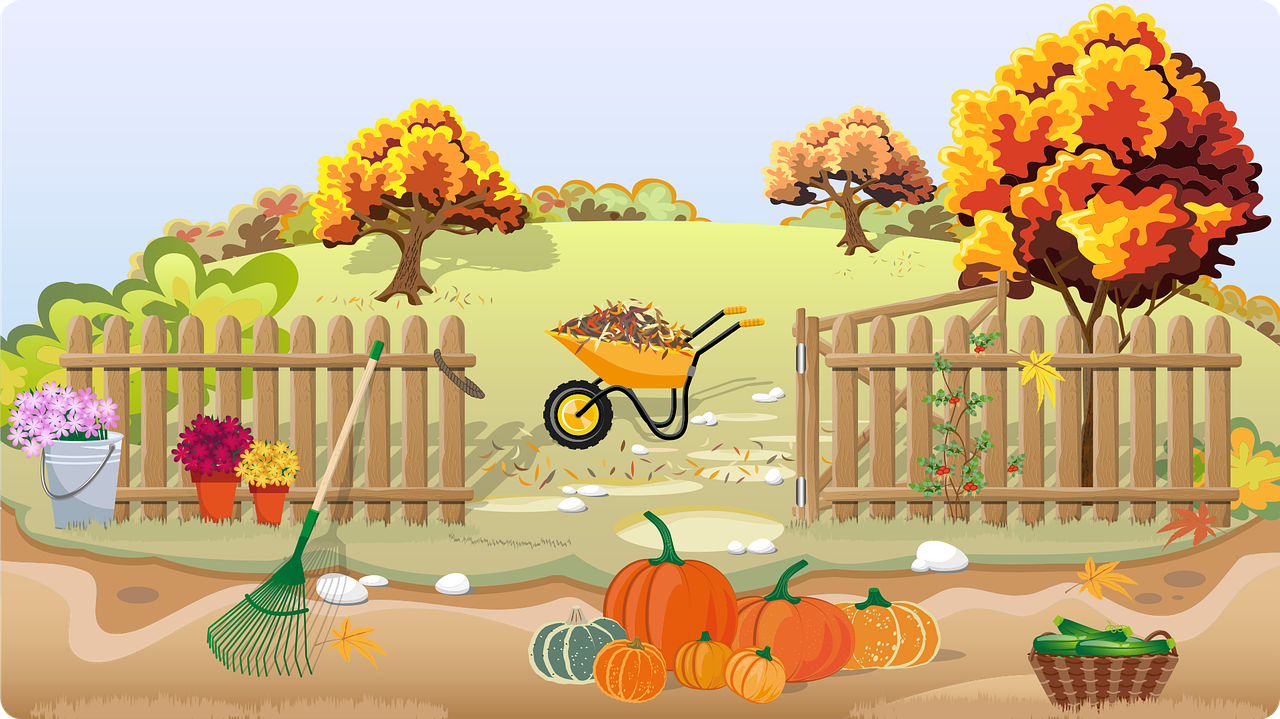Your fruit trees have done well this year and the state of the pantry and freezer attest to that. The hope is that the trees will provide similar harvests in the year to come. One of the ways that you increase the odds of a continuing supply of fruit is to make sure those trees are properly prepared for the coming winter months.
The process of preparing fruit trees for the cold weather is not as difficult as some may think. In fact, you may already be doing some of what must be done to prepare them. To keep things easy, make use of these five steps. They can be accomplished without much difficulty, and they will go a long way toward making sure the trees remain healthy and ready to begin again in the spring.
Understanding the Importance of Preparing Your Trees For the Coming Winter
As the bearing season passes and autumn progresses, fruit trees begin to undergo a change. The nutrition absorbed through the root system and into the trunk, limbs, and branches during the warmer months begins to reverse course. Instead, the nutrients return to the roots. This is important, since it’s the root system that helps to keep the trees alive but dormant during the colder weather.
You’ll remember that when you bought those fruit trees online, the instructions urged care of the roots before and during the planting. That still holds true now. Taking actions designed to help the tree become dormant while also ensuring the roots are protected, keeps the trees alive. If the roots are damaged by frost and cold, the tree will die. You then end up with trees that must be replaced.
With that in mind, here is what you can do to prepare your fruit trees for winter:
Step 1: Pruning in the Autumn is Off Limits
Ideally, any pruning that you need to do should happen no later than the late summer. In general, pruning is a great way to redirect nutrients into other branches and help to spur the production of more fruit. That’s not something you will need to happen as the weather begins to cool.
Imagine if the weather had a short warm spurt after you pruned the trees. The result could be new growth that is then killed by the next frost. That’s not good for the trees and won’t bode well for how well they bear fruit in the coming year.
Another reason to avoid pruning the trees during autumn has to do with dieback. Dieback is a condition in which diseases and pests negatively impact a tree and cause it to die within a year. Since the fruit trees will enter a period of dormancy as winter arrives, you don’t want to do anything that would leave the tree vulnerable.
Do keep in mind that it’s fine to remove dead branches from the trees, even if autumn has begun. Doing so removes one other possible means of harming the tree and improving the odds that it will thrive in the coming year.
Step 2: Paint the Tree Trunks or Use Tree Guards
If you’ve noticed tree trunks that have a white film around the trunks and wondered what was going on, the answer is simple. The application of a white paint mixture helps to protect the trunk from a number of issues. Along with pests, this approach can help protect the bark from being burned by the sun. Thanks to this approach, the bark is not likely to split and increase the odds of pests or blights to infect the tree.
Not any old paint will do. It’s important that you choose a quality latex paint for this purpose. An application in the summer will last well into the winter and provide the protection that’s needed.
There’s also the possibility of using tree guards for the same purpose. Many varieties wrap around trunks for a snug fit. They prevent anything from nibbling on the bark. You can also buy varieties that help to filter the sun’s rays to some extent.
With either of these options, keep the following in mind:
- use equal parts of latex paint and water; that’s thick enough to stay in place and thin enough to ensure the coat works into the bark properly.
- measure for tree guards and ensure they are a snug fit; there are guards for all sizes of trees.
- ensure the paint or the guard creates a barrier around the trunk; walk around the trunk and make sure there are no gaps or unpainted areas. This will allow you to enjoy the maximum benefits.

Step 3: Clean Up In and Around Each Tree
Another aspect of the preparation is to get rid of anything that will not help protect the tree roots during the winter months. Basically, if it falls around the tree during the summer, it needs to be removed before the weather cools. This leaves a clear spot around the tree that you will put to good use soon.
You also want to ensure there’s no fruit left on the tree as the weather cools,. If there is any, pick it and place it in a barn, a cellar, or some other area to finish ripening. You don’t need nutrients continuing to be diverted to fruit production at this point.
To recap, make sure that you:
- pick the remaining fruit and let it ripen away from the tree.
- remove leaves and stray debris from around the roots so the area is completely clean.
- remove the fallen fruit, salvage what you can, and place the rest in your compost heap.

Step 4: But Do Place Mulch Around the Roots
Now that you’ve gotten rid of the debris around the roots, you’re ready to put something different over them. That something different is mulch. The mulch will help protect then root system from the pending cold. Unlike compost, mulch will not feed nutrients into the root system and trigger additional bursts of new growth.
It cannot be stressed enough that mulch is different from manure and compost. Your goal is to ensure the mulch insulates the roots from exposure while not providing nutrients.
You will also find that the mulch must not be too close to the trunk. Leave six or so inches between the trunk and a ring of mulch that covers the roots. This will ensure that the mulch does not hasten and deterioration of the bark on the trunk and leave the tree exposed.
The best mulch will be one of the following:
- straw
- shredded bark
- wood chips
Do not use rock mulch for this purpose. While it may look nice, it won’t provide the type of insulation that you need for the winter months.
Step 5: Don’t Fertilize the Trees Until Spring
You may be tempted to apply some fertilizer in the early autumn. This is not something you want to do with fruit trees. While it’s fine for trees that are classed as evergreens and do not bear fruit, the last thing that you want to do is supply more nourishment to a tree that is about to enter a dormant state.
Why not fertilize while the weather is still warm? There’s a chance of the nutrients spurring fresh growth on the tree. That growth will soon be damaged in a frost. That will lead to needing to remove the damaged growth and open the path for some sort of disease to infect the tree.
Generally speaking, it’s a good idea to stop fertilizing before autumn arrives. Depending on the typical weather conditions in your area, the last round of fertilizing should occur no later than July or possibly early August. That will get you through the last of the growing season and not complicate the process of preparing the fruit trees for the winter months.
When in Doubt Ask an Expert
While these steps are likely to apply to all sorts of fruit trees, there may be additional tips related to your area or the type of trees you have that would help. Along with what you know, don’t hesitate to reach out to a professional who can shed additional light on how to care for your trees.
You may find that the site where you decided to buy pear trees online has ways for you to submit questions and receive answers. In like manner, the nursery that took care of the original fruit tree delivery may have some information that would help you keep the trees in good health during the cold weather. You can check online nursery reviews as well as the nursery’s website to determine if they offer this type of support.

Take the process of preparing your fruit trees for winter seriously. Don’t try to rush through these steps or any other strategy that you want to try. Take your time, make sure each one is completed correctly, and remember to check on the trees periodically once winter arrives. Your efforts will be worth it when spring arrives and you begin to see fresh growth appearing on those trees.
Fruit-trees.com uses only the cleanest stocks available for propagation and provides detailed information about planting and care, in order to give your fruit trees the greatest opportunity for success.
Visit fruit-trees.com now to pre-order your new trees for spring or summer.


